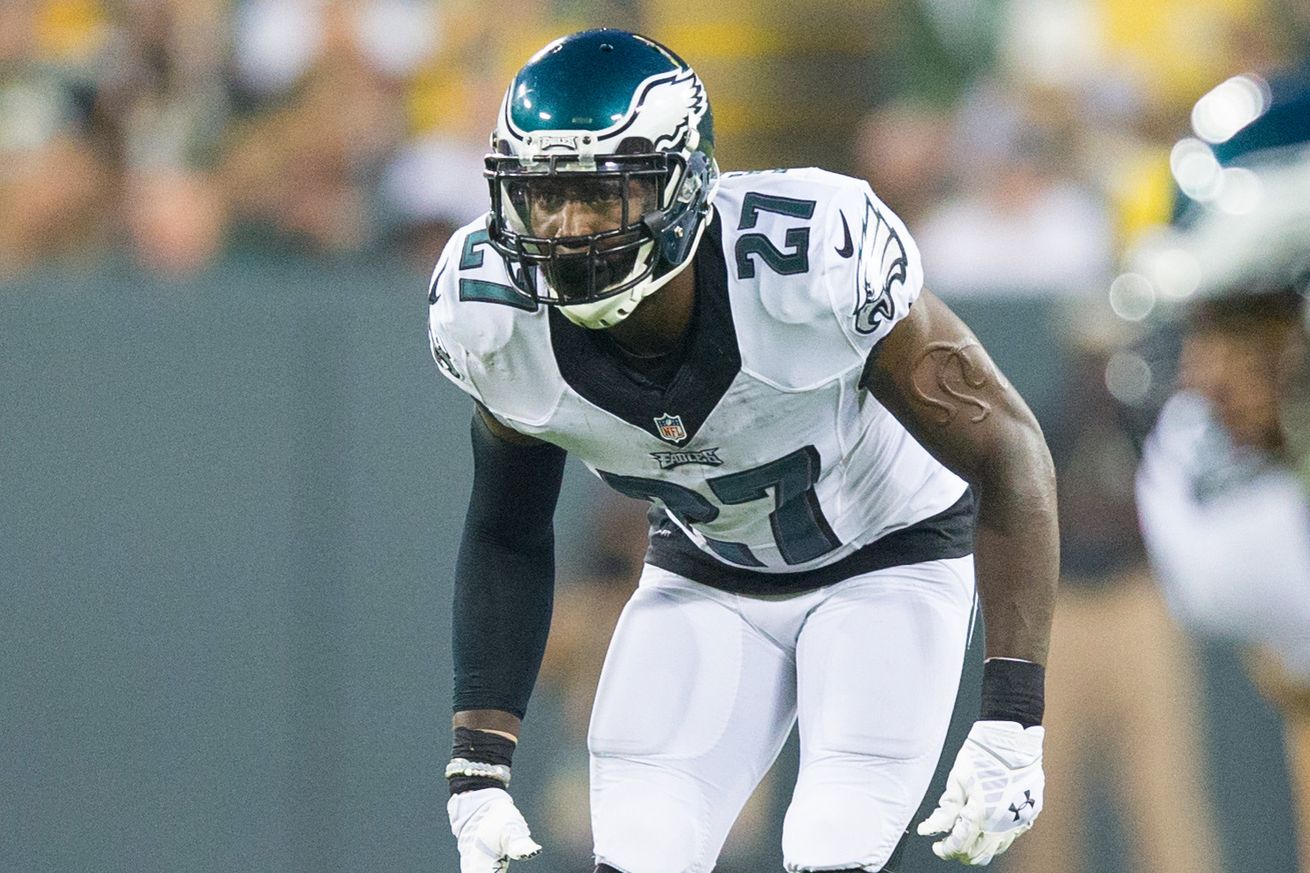At least somebody has recognized the talents of Malcolm Jenkins.
Finally!
Doug Farrar from Sports Illustrated ranked the NFL’s top 10 hybrid players and a pair of Philadelphia Eagles made the cut. Jenkins was 10th and Fletcher Cox fifth.
Here’s what Farrar had to say about Jenkins.
Jenkins has straddled the line between safety and cornerback since he came to the NFL out of Ohio State in 2009. (The Saints utilized him in both roles, especially early in his career.) When he joined the Eagles in 2014, Jenkins started out as a safety, then moved into more of a hybrid slot corner as Brandon Boykin’s role was reduced. Now, he’s equally adept at taking away slot receivers as he is rolling to the top of a defense as a pure safety, making him an excellent personification of the league’s current need for positional versatility.
Former defensive coordinator Billy Davis prefers to use his safeties in the slot as opposed to trotting out a nickel cornerback and Jenkins thrived in that role. He’s also become an asset in the running game, slicing into the backfield and taking down the ball carrier for a huge loss seemingly once a game. This was something he wasn’t great at earlier in his career.
Jenkins has quietly become one of the best safeties in the league, even if people outside of Philly haven’t recognized it yet. Jenkins was a seventh alternate for the Pro Bowl last season and didn’t crack the NFL Network’s top 100 list.
What else does he have to do?
Farrar showed Cox a lot of love.
The public often slams players who lose their overall excellence after their teams undergo schematic changes, while the respect earned by players who are indeed able to transcend major playbook shifts isn’t equally distributed. If it was, you’d be hearing a lot more about Cox and his ability to transition from a three-tech/nose tackle role in his rookie season of 2012 in a 4–3 base defense to Philly’s multi-front 3–4 over the last three years. Early on, Cox was asked to penetrate as a one-gap tackle, and he could do that very well with his power and speed. But under Chip Kelly and defensive coordinator Bill Davis, the Eagles moved to a two-gap 3–4 base front with some one-gap variables, testing Cox’s mettle. A lot of aggressive one-gap players find it difficult to play the waiting game as a two-gap tackle, but Cox excelled last season with a career-high 9.5 sacks and 77 total pressures. He was flexed in everywhere from end to straight-up nose tackle, and he disrupted consistently. With the hiring of new defensive coordinator Jim Schwartz, Cox should flourish in a 4–3 more similar to his rookie campaign.
I will replace Farrar’s “should flourish” line in his last sentence to will flourish. Being a one-gap defensive tackle in a 4-3 fits his skill set best. He’s going to consistently get into the backfield and cause chaos in both the passing and running game. And even if he doesn’t bring the quarterback down himself, it’ll set up his teammates to do it for him.
The top 10 list looked like this:
- J.J. Watt
- Chris Harris
- Michael Bennett
- Tyrann Mathieu
- Cox
- Muhammad Wilkerson
- Mike Daniels
- Jamie Collins
- Randall Cobb
- Jenkins

